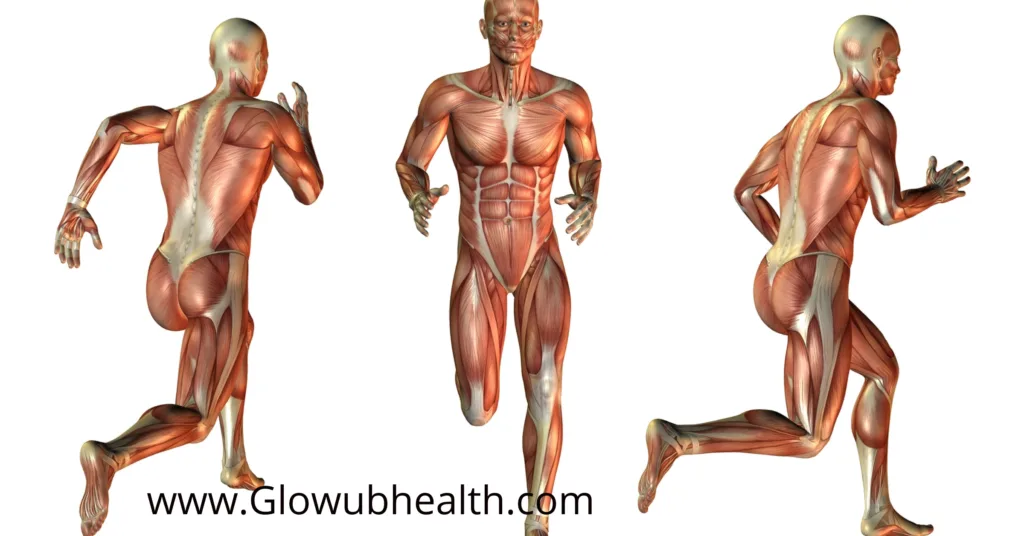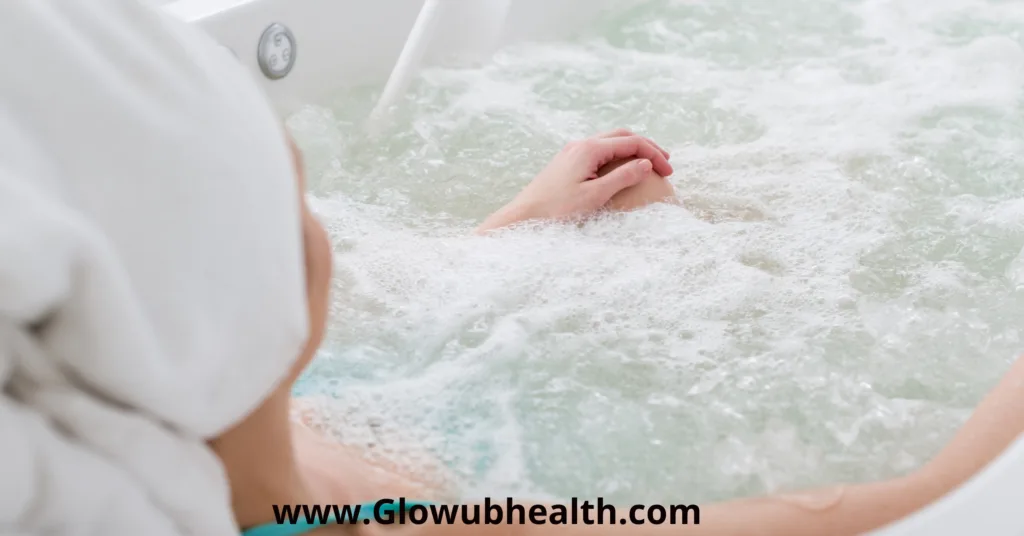Deep Muscle Relaxation: 10 Proven Techniques You Can Try Today
In our fast-paced world, true relaxation often feels out of reach. But deep muscle relaxation isn’t just a luxury it’s essential for maintaining both physical health and mental clarity. When we carry stress and tension in our bodies, it doesn’t just affect how we feel it impacts how we move, sleep, and even think.
The good news? You don’t need a spa appointment or expensive equipment to start feeling better. In this guide, we’ll walk you through 10 effective deep muscle relaxation techniques you can begin using today. Whether you’re looking to unwind after a long day or manage chronic tension, these strategies can help you feel calmer, more centered, and physically at ease.
This article is for informational purposes only and does not constitute medical or therapeutic advice. Please consult a healthcare professional before beginning any new relaxation or physical wellness practice, especially if you have underlying health conditions.

What is Deep Muscle Relaxation?
Deep muscle relaxation involves reducing tension in the body’s muscles, often through deliberate techniques like stretching, breathing, or massage. Unlike general relaxation, it targets deeper layers of muscle tissue, providing relief from chronic tightness, stress, and discomfort.
The Importance of Deep Muscle Relaxation
- Relieves tension and stress: Reduces physical manifestations of stress in muscles.
- Improves sleep quality: Deep relaxation techniques enhance restorative sleep.
- Boosts mental health: Combats anxiety and promotes mindfulness.
- Enhances flexibility and posture: Eases muscle tightness to improve movement.
10 Proven Deep Muscle Relaxation Techniques
1. Progressive Muscle Relaxation (PMR)
PMR is a step-by-step technique where you tense and relax different muscle groups.
- How to Do It: Start from your feet, tense the muscles for 5 seconds, then relax. Work upwards through your calves, thighs, abdomen, chest, arms, and face.
- Benefits: Improves body awareness and reduces tension.
- Example Use: Ideal before bedtime to promote better sleep.
2. Deep Breathing Muscle Relaxation
Combining deep breathing with muscle relaxation can significantly reduce stress.
- How to Do It: Inhale deeply through your nose for 4 seconds, hold for 7 seconds, then exhale for 8 seconds. Focus on releasing tension with each exhale.
- Benefits: Calms the nervous system and relaxes deep muscles.
- Example Use: Perfect during work breaks to recharge.
3. Yoga for Deep Muscle Relaxation

Yoga combines stretches and mindful breathing to release tension in muscles.
- Key Poses: Child’s Pose, Cat-Cow, and Downward Dog.
- Benefits: Improves flexibility, reduces tension, and fosters mindfulness.
- Example Use: Incorporate a 10-minute yoga flow into your evening routine.
4. Foam Rolling
Using a foam roller helps release muscle knots and trigger points.
- How to Use: Roll slowly over tight areas like your back, thighs, and calves.
- Benefits: Increases blood flow and promotes muscle recovery.
- Example Use: Post-workout to prevent soreness.
5. Deep Tissue Massage
A professional deep tissue massage targets deep layers of muscle and fascia.
- What to Expect: Firm pressure applied to release chronic tension.
- Benefits: Reduces stiffness and promotes circulation.
- Example Use: Schedule monthly sessions for long-term relief.
6. Heat Therapy

Applying heat to tense muscles can encourage relaxation.
- How to Do It: Use a heating pad or warm towel on the affected area for 15-20 minutes.
- Benefits: Increases blood flow and reduces pain.
- Example Use: Helpful for lower back or neck tension.
7. Stretching for Deep Relaxation
Gentle stretches can lengthen tight muscles and ease tension.
- Focus Areas: Hamstrings, shoulders, and lower back.
- Benefits: Enhances flexibility and mobility.
- Example Use: Morning stretches to prepare for the day.
8. Meditation with Body Scanning
This mindfulness technique involves mentally scanning your body for tension.
- How to Do It: Sit quietly, close your eyes, and focus on one body part at a time, relaxing each area as you progress.
- Benefits: Combines mental calmness with physical relaxation.
- Example Use: Use before stressful events for clarity and calmness.
9. Hydrotherapy

Immersing yourself in warm water relaxes muscles naturally.
- Methods: Try a warm bath with Epsom salts or a hot tub session.
- Benefits: Relieves tension and improves circulation.
- Example Use: Add aromatherapy oils for an enhanced experience.
10. Guided Imagery and Relaxation Apps
Guided imagery combines visualization with relaxation techniques.
- Example Use: Integrate into your bedtime routine for better sleep.
- How to Use: Follow a relaxation app like Calm or Headspace. Visualize soothing scenes while practicing deep breathing.
- Benefits: Enhances mental relaxation, helping muscles release tension.
Personal Experience with Deep Muscle Relaxation
After a demanding period at work, I turned to progressive muscle relaxation to manage tension headaches and stress. Over just two weeks of practice, I noticed improved sleep and reduced tension in my shoulders and neck. This personal journey highlights the profound benefits of committing to deep relaxation techniques.
Read More: Benefits of Hot Stone Massage: Top 10 Transformative Effects
Tips for Success with Deep Relaxation Techniques
- Consistency is Key: Practice these techniques daily for lasting results.
- Set the Mood: Create a calming environment with dim lighting and soothing music.
- Listen to Your Body: Pay attention to areas of tension and adjust techniques accordingly.
- Combine Techniques: Use multiple approaches like stretching and breathing for enhanced effects.
Conclusion
Deep muscle relaxation isn’t just a quick fix for stress—it’s a powerful way to support your overall health, inside and out. By making space in your day for these simple yet effective techniques, you’re giving your body and mind the care they deserve.
Whether it’s starting small with deep breathing or committing to a nightly wind-down routine, what matters most is staying consistent. The more you practice, the more benefits you’ll feel—from better sleep and less tension to a clearer, calmer state of mind.
So take a moment today—breathe deeply, stretch gently, and let go of the stress you’re holding. And if this guide helped you, pass it on to someone else who could use a little more peace in their life. We all deserve that.
FAQ
1. What is deep muscle relaxation, and how does it work?
Deep muscle relaxation is a process of relieving tension in the deeper layers of muscle tissue. It works by using techniques such as progressive relaxation, deep breathing, and stretching to release tightness, improve circulation, and reduce stress.
2. How long does it take to feel the benefits of deep muscle relaxation?
The benefits of deep muscle relaxation can often be felt immediately after practicing techniques like progressive muscle relaxation or deep breathing. For lasting results, consistency is key, with most people noticing significant improvements within 2–4 weeks of regular practice.
3. Can anyone practice deep muscle relaxation techniques?
Yes, most deep relaxation techniques are safe and suitable for everyone. However, individuals with certain medical conditions, such as severe muscle injuries or chronic pain, should consult a healthcare professional before starting.
4. What are the best times to practice deep muscle relaxation?
The best times include:
-Before bed to improve sleep quality.
-After a workout to relieve muscle tension.
-During work breaks to reduce stress and refresh your mind.
5. How often should I practice deep muscle relaxation techniques?
For optimal results, aim to practice deep muscle relaxation for 10–20 minutes daily. Even short sessions a few times a week can significantly improve your stress levels and muscle health.
6. Are there tools that can help with deep muscle relaxation?
Yes, tools such as foam rollers, massage guns, heating pads, and relaxation apps can enhance your deep relaxation routine. These tools can make the process more effective and accessible.
7. Can deep muscle relaxation help with chronic pain?
Absolutely. Techniques like deep tissue massage, stretching, and progressive relaxation can reduce muscle tightness and improve circulation, often alleviating chronic pain symptoms. Always consult a doctor for tailored advice.
8. How does deep breathing support deep muscle relaxation?
Deep breathing helps calm the nervous system, which reduces muscle tension naturally. Combining deep breathing with physical techniques like stretching enhances relaxation and promotes a sense of well-being.
9. Are there risks associated with deep muscle relaxation?
Deep muscle relaxation is generally safe. However, overexerting muscles during stretches or using excessive pressure during massage could cause discomfort. Always start gently and increase intensity gradually.






